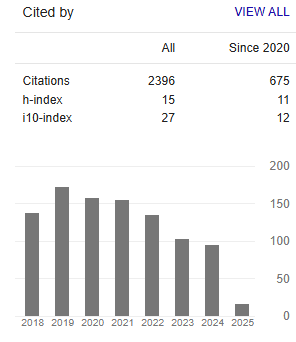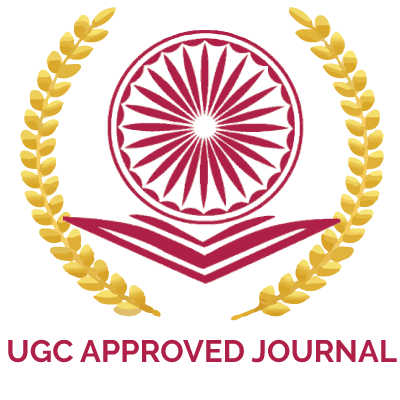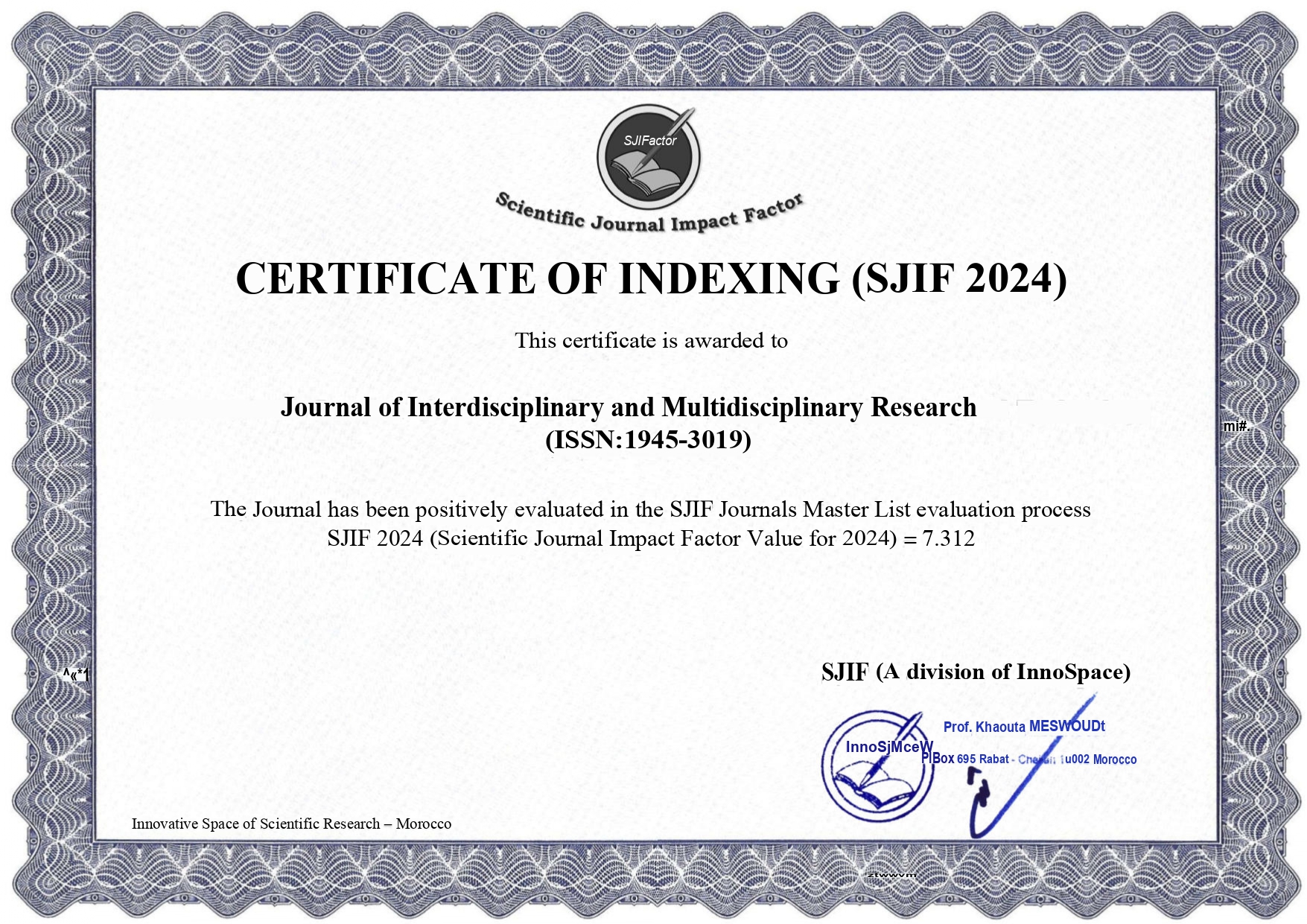Studies on geochemistry of sediments in river Kuakhai, Odisha, India
Keywords:
River Kuakhai Sediment Geochemistry, Heavy Metal Contamination, Environmental Impact, Odisha, IndiaAbstract
The present study was carried out in the vicinity of Bhubaneswar city, Odisha, India in the year 2012 with six sampling location to assess the geochemistry of sediments of River Kuakhai carrying heavy metals. It was found to contain 89.76% to 98.26% sands with the highest being in T- 5 i.e., at Haridaspur and the lowest in T- 4 in Naharkanta . The lowest silt content of 01.16% was also recorded in Haridaspur whereas maximum silt and clay content of 07.96% and 02.96% were obtained in T- 4 in Naharkanta and T- 3 in Hanspal Bridge 2, respectively. The organic carbon and organic matter content varies from 0.40% to 0.81% and 0.70% to 01.39%, respectively. The pH level of sediments in all locations were also found to be neutral ranging between 06.66 to 07.04. However, the highest electrical conductivity of 0.48 ds/m was recorded in T- 2 of Hanspal Bridge 1. It was revealed that greater grain size of sediments, neutral pH and higher organic carbon and organic matter content of sediments play an important role in governing the level of metal concentrations. It was recorded an excess level of Mn (ranging between 33.7 ppm and 10.3 ppm in various locations) in which suggests possibility of pollution and adverse effects on environment.Published
2025-01-28
Issue
Section
Articles






